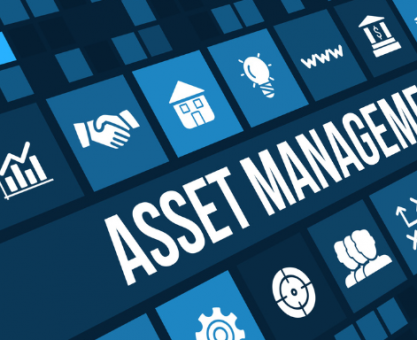Executive Summary
-
Discover how cryptocurrencies can be a valuable addition to your wealth management strategy.
-
Understand the benefits and risks associated with integrating digital assets.
-
Learn actionable steps to incorporate cryptocurrencies into your financial portfolio.
-
Explore real-world case studies and expert tips for effective digital asset management.
Introduction
In the modern financial landscape, cryptocurrencies have emerged as a dynamic asset class that is catching the attention of investors and wealth managers alike. However, integrating these digital assets into a comprehensive wealth management plan can be daunting for many. This topic is crucial for investors looking to diversify their portfolios and stay ahead in the digital economy. In this article, we will explore the benefits, risks, and strategies for effectively incorporating cryptocurrencies into your wealth management plan.
Definitions / Context
To successfully integrate cryptocurrency into your wealth management plan, it’s important to understand what cryptocurrencies are. Cryptocurrencies, like Bitcoin and Ethereum, are digital or virtual currencies that use cryptography for security. They operate on decentralized platforms, often using blockchain technology. Understanding these concepts provides a solid foundation for making informed investment decisions.
Benefits / Pros
Integrating cryptocurrencies into your wealth management plan offers several advantages:
-
Diversification: Cryptocurrencies offer a new asset class, allowing for diversification beyond traditional stocks and bonds.
-
Potential for High Returns: The volatile nature of cryptocurrencies can yield significant returns.
-
Hedge Against Inflation: Some digital assets, like Bitcoin, are viewed as a hedge against inflation due to their finite supply.
-
Global Accessibility: Cryptocurrencies can be accessed and traded globally, providing opportunities in international markets.
Risks / Cons / Challenges
While there are benefits, investing in cryptocurrencies also comes with risks:
-
Volatility: Cryptocurrencies are known for their price fluctuations, which can lead to significant losses.
-
Regulatory Risks: The regulatory environment for digital assets is still evolving, potentially impacting their value and legality.
-
Security Concerns: Digital assets are susceptible to hacking and cybersecurity threats.
-
Lack of Historical Data: Cryptocurrencies are relatively new, lacking the historical performance data available for other asset classes.
Step-by-Step Process
How to Integrate Cryptocurrency into Your Wealth Management Plan
-
Assess Your Risk Tolerance: Determine how much risk you are willing to take and allocate funds accordingly.
-
Educate Yourself: Stay informed about cryptocurrency trends, technologies, and regulations.
-
Choose the Right Platform: Select a reputable cryptocurrency exchange or brokerage.
-
Diversify Within Cryptocurrencies: Invest in a range of cryptocurrencies to spread risk.
-
Regularly Review Your Portfolio: Monitor your investments and adjust your strategy as needed.
Consider the example of a tech-savvy investor who integrated cryptocurrencies into their wealth management plan in 2017.
By allocating 10% of their portfolio to a mix of Bitcoin and Ethereum, they achieved significant growth, which outpaced traditional investments.
This case demonstrates the potential benefits of diversification and early adoption.
– Early Adoption Strategy Yields Strong Portfolio Growth
Expert Tips / Strategic Insights
-
Stay Updated: Regularly follow cryptocurrency news and updates.
-
Consult a Financial Advisor: Work with experts who understand digital assets.
-
Utilize Tax Strategies: Explore tax-efficient ways to manage your cryptocurrency investments.
Tools / Resources / Calculators
-
CoinMarketCap: Track cryptocurrency prices and market trends.
-
Crypto Portfolio Tracker: Manage and analyze your cryptocurrency investments.
-
IRS Cryptocurrency Tax Guidelines: Stay compliant with tax regulations.
Conclusion
Integrating cryptocurrencies into your wealth management plan can offer diversification and growth opportunities. However, it is essential to be aware of the risks and stay informed about the evolving digital asset landscape. By following the outlined steps and leveraging resources, you can make well-informed decisions to enhance your financial portfolio.





















